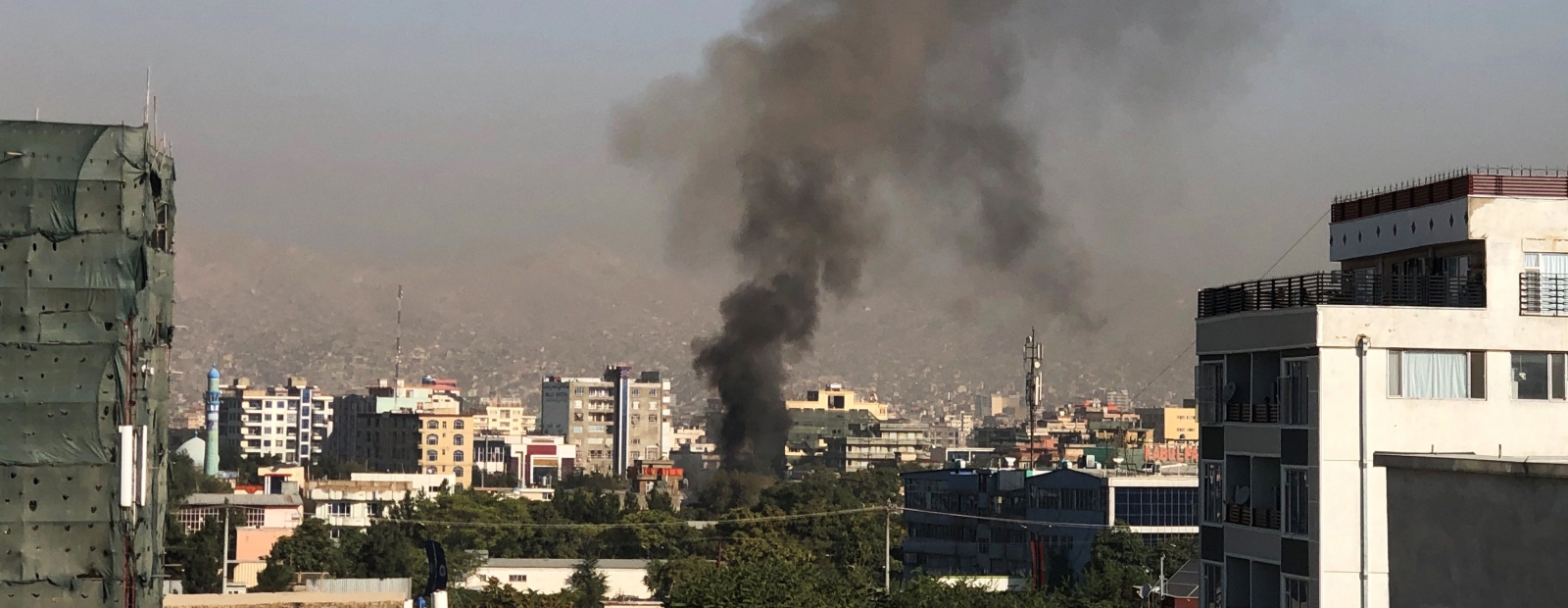Jakarta: The symptoms of appendicitis are not visible directly from the outside. However, if your appendix is not treated as soon as possible, the appendix you are experiencing will burst.
This can cause your organs to be exposed to toxins that are inside Appendix the. For that, it is very necessary for you to know the signs of appendicitis that you are experiencing. And the following are the symptoms of appendicitis that you need to pay attention to:
1. Stomach pain
Abdominal pain is the most common and frequently reported symptom of appendicitis. “This pain is generally located around the umbilicus, aka the navel, and in about 50 percent of patients, the pain migrates to the right lower quadrant of the abdomen,” says Cedrek McFadden, MD general surgeon at the University of South Carolina School of Medicine Greenville. And the pain will get worse in a matter of a few hours.
2. Pain when urinating
“If the appendicitis position is below the pelvic area, the patient may experience an increase in urinary frequency, painful urination, or even diarrhea,” said Dr. McFadden.
Sometimes constipation can be a problem too. However he notes that it depends on the location of the appendix which is normally in the lower right quadrant but is different for each person.
3. Feeling like vomiting
“Nausea and vomiting coupled with the feeling of not wanting to eat are usually accompanied by abdominal pain,” says Dr. McFadden. So if you have severe pain combined with a feeling like you are about to vomit, you should go to your doctor for a checkup.
4. Fever and chills
Fever is a sign of infection. “A fever combined with chills can be a sign of appendicitis,” says Dr. McFadden. Appendicitis is inflammation due to infection of the appendix.
A fever means that your head is hot, but if you are shivering, you can wear lots of blankets and still feel cold. The combination of hot and cold, combined with an upset stomach is a warning sign of appendicitis.
5. Difficulty moving
Because of the pain caused by appendicitis, many people have difficulty moving, says Jennifer Caudle, DO, a certified family doctor and assistant professor at the Rowan School of Osteopathic Medicine.
Often times, people will just curl up on the bed or on the sofa, hoping the pain will subside. The US Department of Health and Human Services notes that it gets worse when you move, take deep breaths, cough, or sneeze.
How to distinguish appendicitis
Abdominal pain caused by gas and appendicitis may look the same at first. Quoted from Healthline, the easiest way to distinguish the two is to pay attention to other symptoms.
If you experience abdominal pain, especially in the lower right, look for fever, nausea, and loss of appetite. If these symptoms occur, along with abdominal pain, they can be signs of appendicitis.
(BELIEVE)
<!– (TIN)
–>
– .

/i/1330507978.png?f=fpa)
